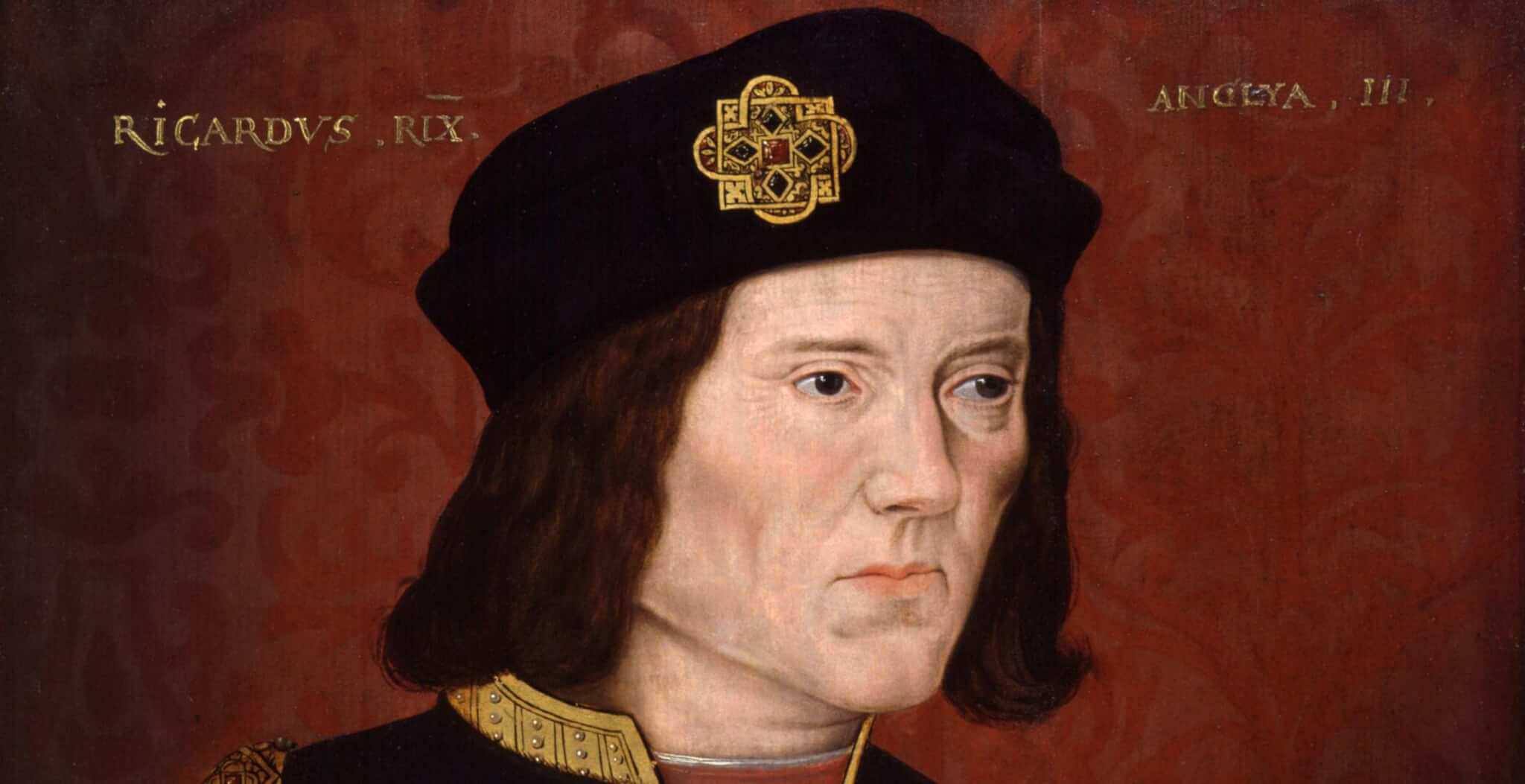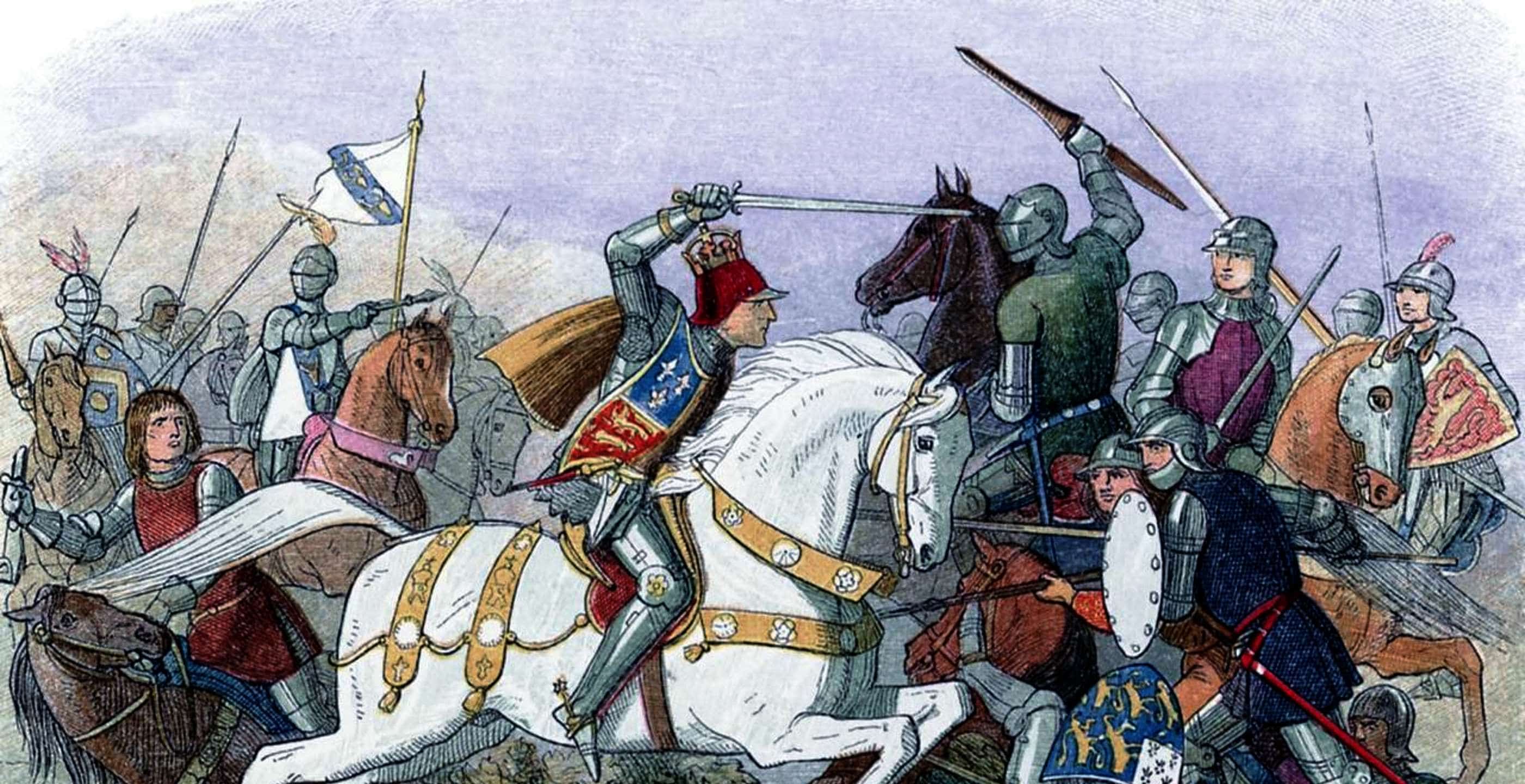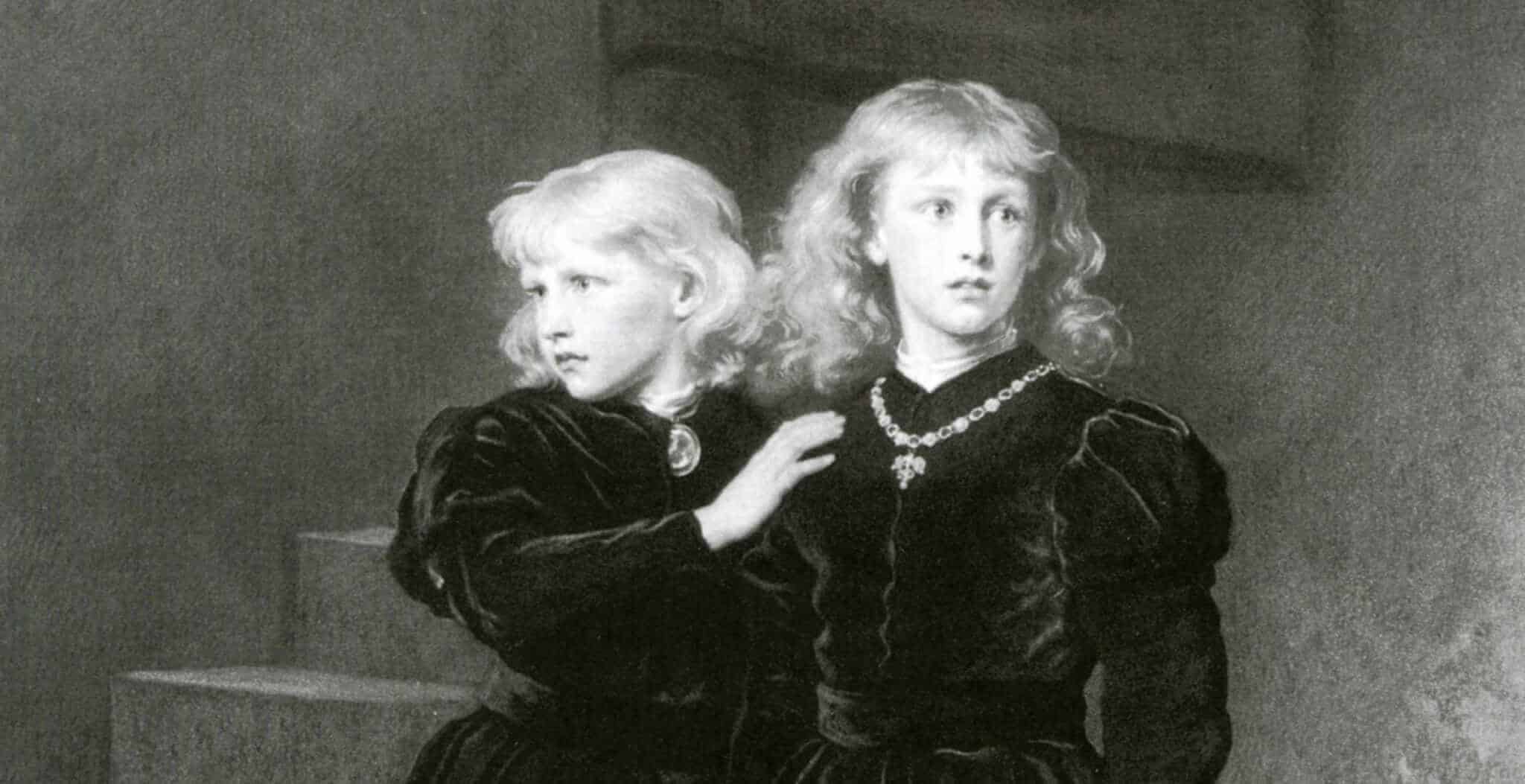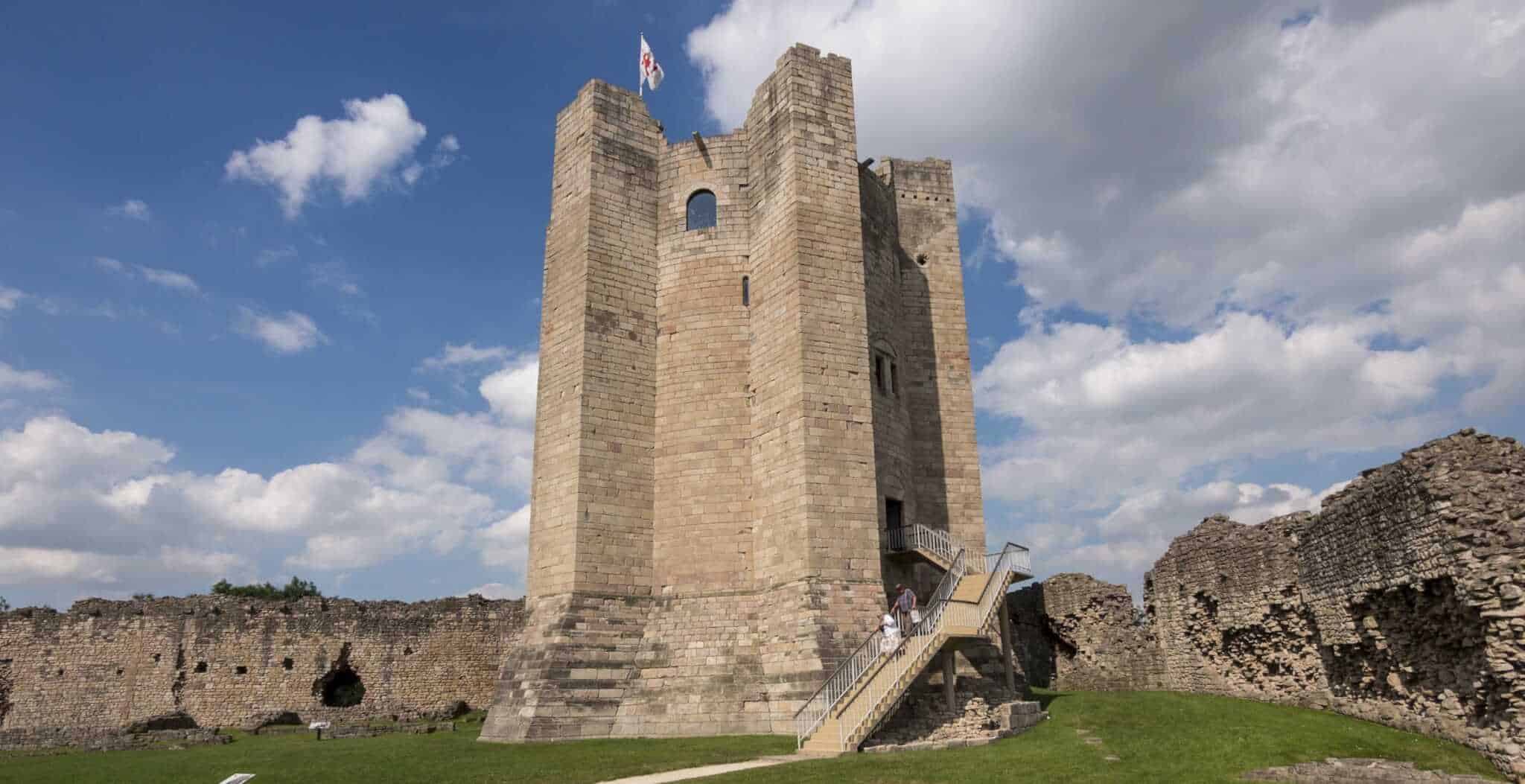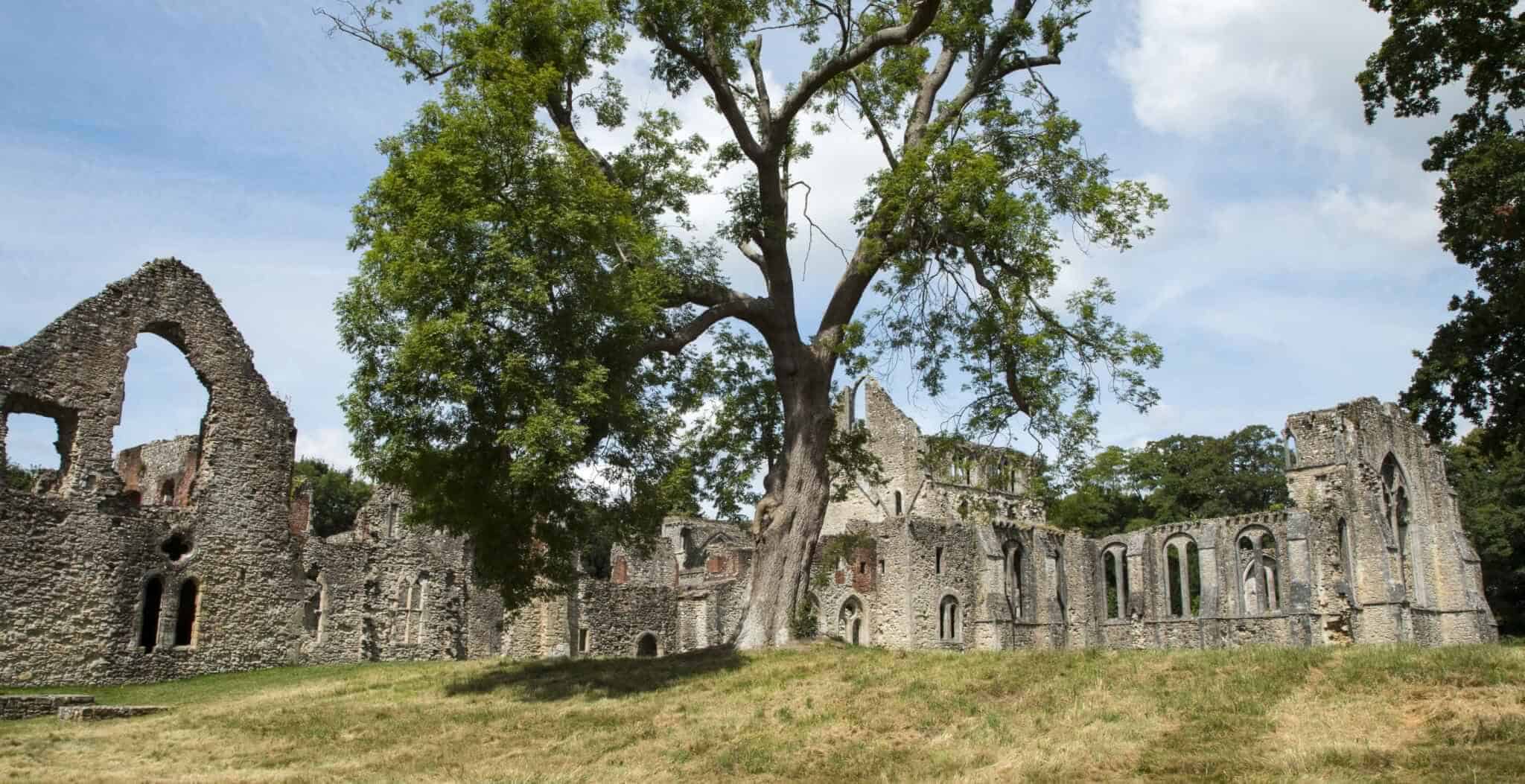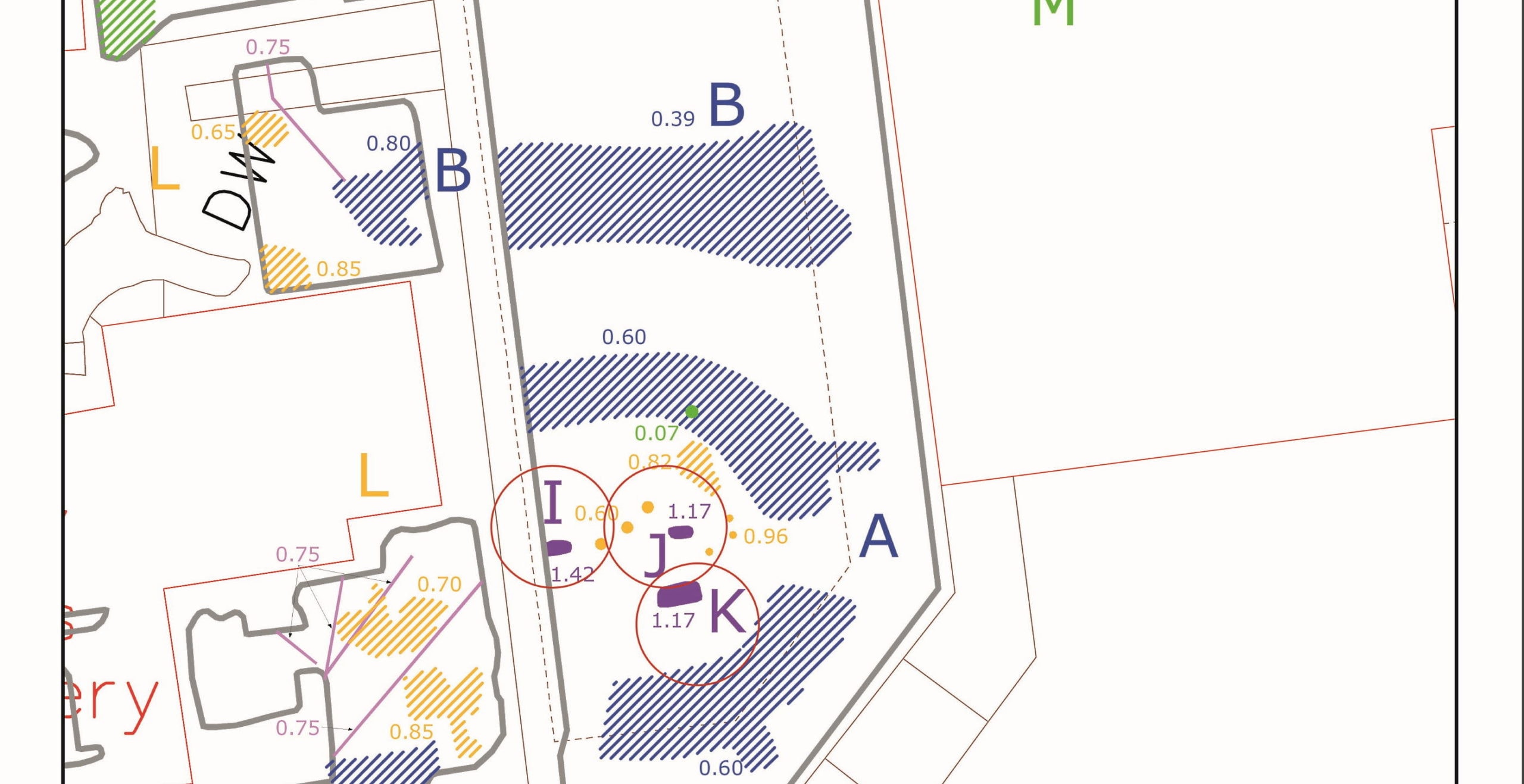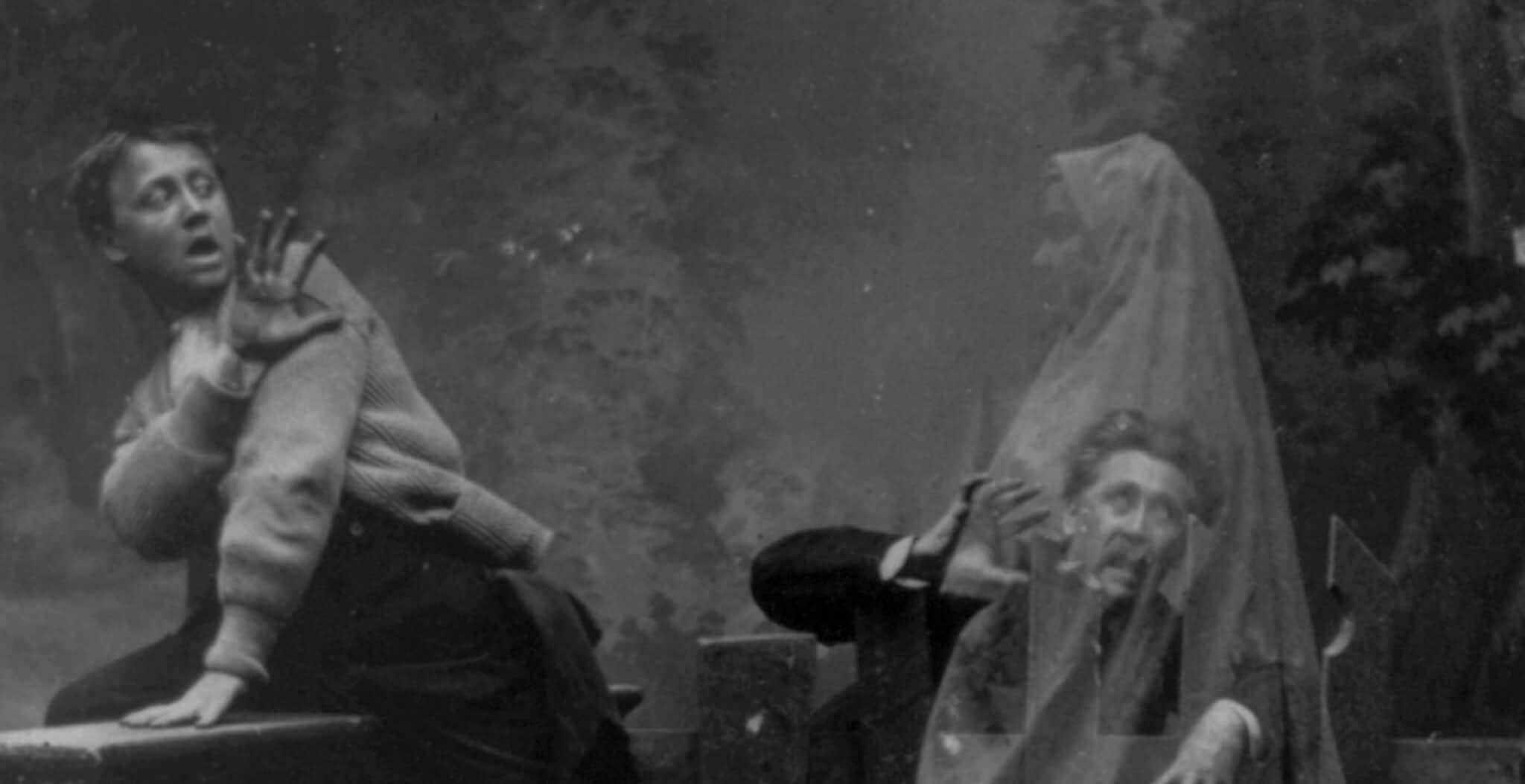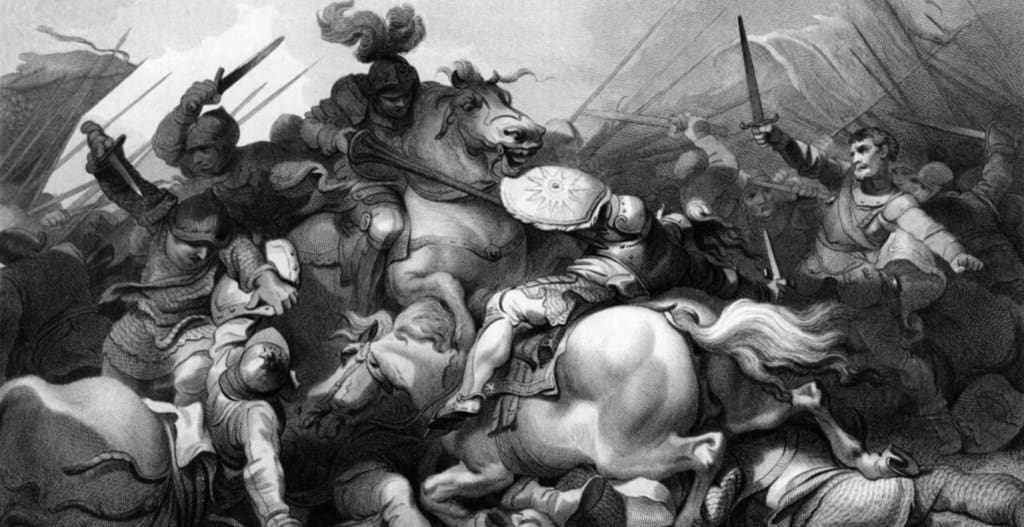In August 2012 a team of archaeologists from the University of Leicester unearthed the remains of Richard III, king of England between 1483 and his death in battle in 1485. As news of this unexpected discovery spread around the world, all headlines revolved around the triumph of modern science in identifying the skeletal remains, and the resolve of those determined individuals who had set out to find them. What became lost in the clamour of media attention however, was the story of the grave itself, where the king had lain for over 500 years.
Although buried in the prestigious Choir of a Franciscan friary, there was little respect accorded to the grave’s preparation. When looking down into the grave – now preserved beneath glass flooring at Leicester’s King Richard III Visitor Centre – one aspect becomes startlingly clear: its size. When the projection of Richard III’s skeleton fades into view, one can see exactly how small the grave was. Indeed, it is so short that the former king’s head was forced forwards and upward at an awkward angle.

The skeleton of King Richard III in-situ, showing the awkward upward angle of his skull owing to the grave’s insufficient length.
Other graves excavated in medieval Leicester have neatly squared sides, as do the other graves uncovered by archaeologists during the dig for Richard III. The king’s grave however, is smaller at the bottom than the top, and is rounded where the sides meet the base. Another difference with other graves from medieval Leicester is the lack of shroud or coffin. In truth, the whole grave was poorly done, as though the earth were scooped out in a hurry.
In 2013 the archaeologists returned to expand their excavation around the grave site. During this dig they uncovered medieval floor tiles a mere 2m from the grave, which would have covered the floor of the Choir. When looked at in relation to the level of these tiles, it becomes obvious that the grave was so shallow as to be barely below ground level.
Nothing in the historical record explains why the grave of Richard III was so narrow, shallow and short. It could simply be that it was dug in a hurry, with Henry Tudor wishing to depart from Leicester for London as soon as possible in order to claim the throne. In this scenario, it seems likely that the harassed friars dug the earth themselves, overseen by Henry’s impatient soldiers.
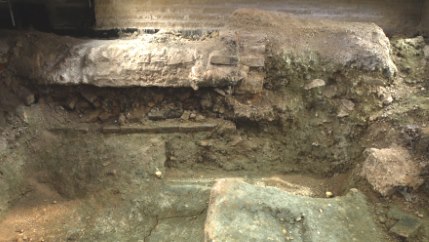
Section view of the excavated trench. A light projection of Richard III’s skeleton can be seen between the two yellow pegs. The brick and rubble in the centre of the image show how close later building works came to disturbing the body.
An amazing historical detective story it its own right, the modern rediscovery of the king’s grave could, however, so easily have turned out otherwise. During the excavation, archaeologists also found a robber trench beside the monarch’s skull. Robber trenches are essentially voids made when something is removed – in this case likely a foundation stone taken during the Dissolution in the 1530s – which then backfills with the soil of the day.
The robber trench beside Richard’s skull was in fact so close that whoever removed the foundation stone would likely have exposed the bone as it was lifted. Whether the stone-thief was too engrossed in removing the weighty object to look back down into the pit, or whether he decided to leave the remains well alone, we’ll never know.
If this was not enough, a mere 90mm above the king’s legs the archaeologists hit upon the foundations of an 18th century outhouse, containing a coal store, a toilet, and storage space. Little did the labourers know that half a spade’s depth below their feet lay the body of Richard III. In the early-to-mid 20th century these outhouses were cleared, with a garage and new coal store taking their place. Luckily again, the builders simply built on top of the earlier construction, and didn’t sink deeper foundations which would have destroyed the medieval archaeology – and the bones of the king.
Whilst excavating the skeleton, it was noted that the feet were nowhere to be found. However, the condition of the tibia indicates that the feet were in place when the king’s body was laid to rest. Their whereabouts is still a mystery today.
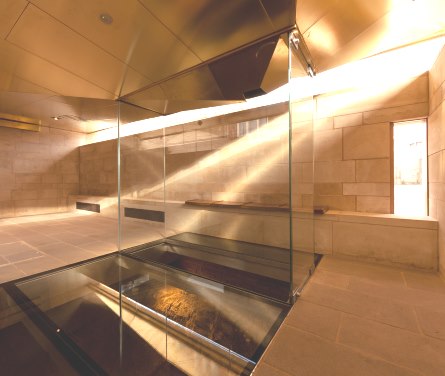
The grave-site as it is today, where visitors to the King Richard III Visitor Centre can see through the glass floor to the grave itself.
Had the bones of the king been uncovered before the modern era, their most likely fate would have been a small reburial somewhere out of the way; perhaps even in a pit alongside numerous other disturbed remains. Had this been the case, the king’s bones – along with the grave which tells us so much about the circumstances of his burial – would have been lost to history forever.
Joseph Hall works in Heritage Interpretation for the University of Leicester and contributes to numerous history magazines. During its first two years of opening he also worked as part of the historical interpretation team at the King Richard III Visitor Centre in Leicester, where the original grave of Richard III, and its archaeology, can be seen.
